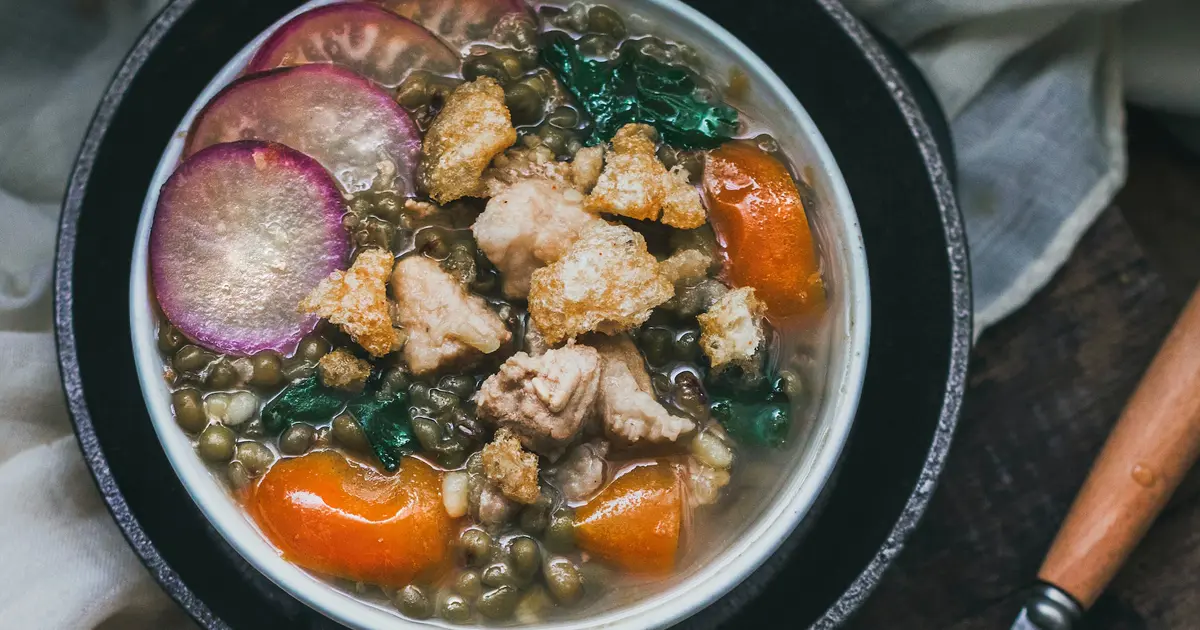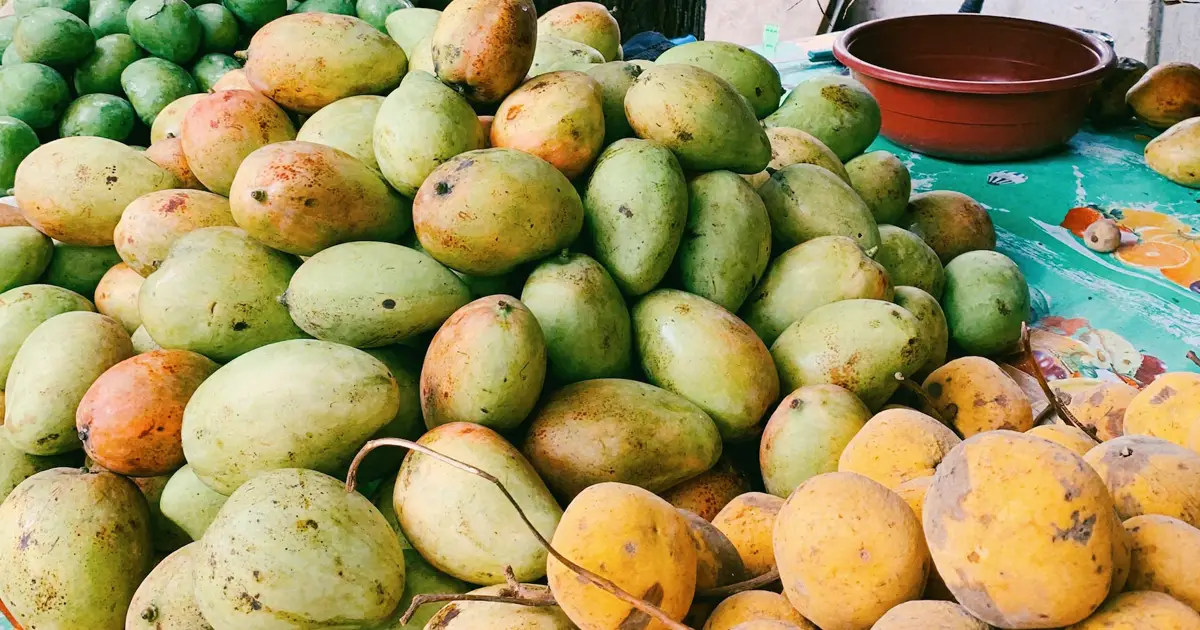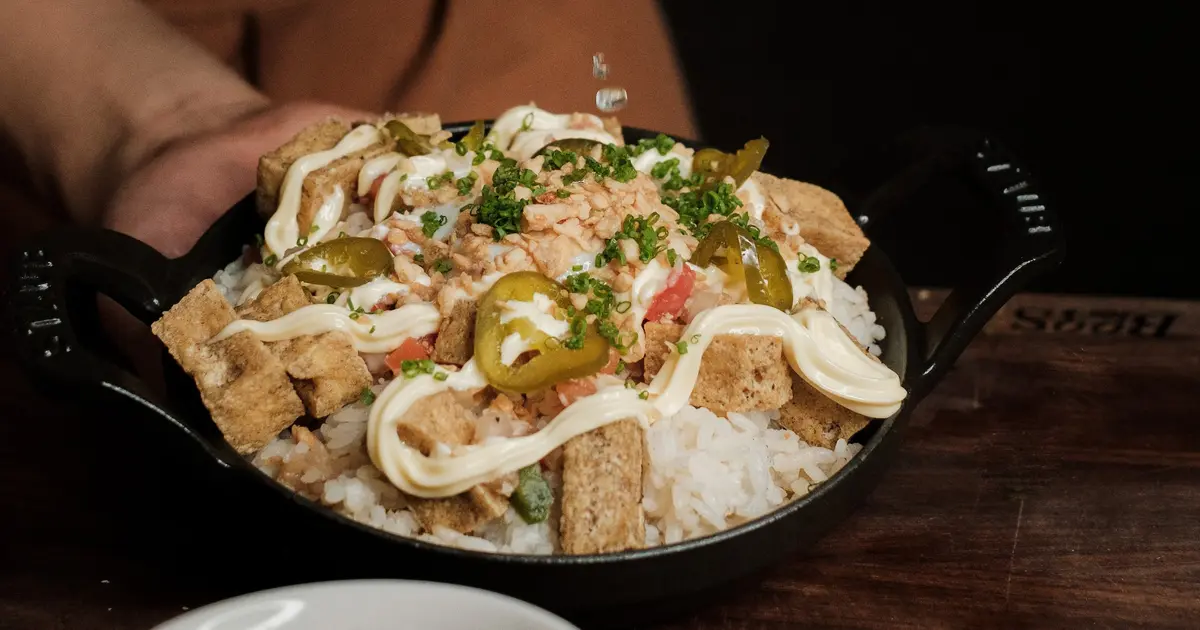
Do you live to eat, or eat to live?
Food isn’t just for sustenance. Food as nutrition is critical to improving our well-being and overall health. Most ancient cultures would seek medicinal properties from food, integrating the practice into their traditions. These cultures would literally let your food be your medicine, sound advice even in this age of medical technology.
Food is your best medicine, at least according to many in the health and fitness community, and Filipino food is no exception. You may see rich and decadent fare like rice cakes and barbecues, but there are dishes that are beloved for their health benefits and their flavors.
Health professionals and loved ones often encourage us to eat properly to live longer. Luckily for everyone, traditional Filipino food is relatively healthy.
Many of its dishes have a lot of natural vegetables in them, giving you a good starting point. Most cook Filipino food in healthy oils like coconut, which has its share of health benefits.
Like with any country, there are dishes you may want to consume on occasion or avoid completely if you’re a total health nut. Some of these include highly sugary and starchy items such as banana-cues (deep-fried bananas coated with sugar) or binignit (sweet stew of fruit, tubers, and glutinous rice). But if your well-being requires an occasional boost of food-sourced happiness and delight, don’t hesitate to have these every once in a while.
You can never go wrong with incorporating healthy ingredients into your daily diet. These are some disease-fighting foods you can add to your meals for extra nutrition:
This leafy superfood, packed with iron and fiber, is popular among locals. Here’s an interesting fact: it has seven times more vitamin C content than oranges and four times the vitamin A of carrots.
One of the best things about malunggay is its taste, which ranges from mild to none. This is good news for aren’t fond of the strong, bitter taste of many leafy greens.
Like malunggay, pechay is a common local vegetable. This cabbage variant has vitamins A, B6, C, and K. It also contains iron, calcium, potassium, and protein.
Since food is your best medicine, you may want to add this leafy green to your grocery list. It assists in remedying constipation, osteoporosis, anemia, and ulcers. Reports suggest it also helps prevent cardiovascular diseases and colon cancer.

The Philippines’ national fruit is just as healthy as it’s delicious. It has antioxidants, and its dietary fiber aids in digestion. According to research, mango flesh is rich in that fiber, which feeds good bacteria in the gut. They are, however, a little high in sugar, so diabetics may want to seek other options.
Some people say mangosteen is the “queen of fruits.” It likely earned that nickname because of the fact that one can use many parts of its plant, from the fruit itself to the bark.
Mangosteen flesh contains anti-cancer and anti-proliferative properties that can treat thrush and skin conditions. If you’re wondering about what food kills inflammation, look no further than this fruit.
This root vegetable is a staple in most Filipino kitchens. If you feel a fever or cold coming onto you, add it to your dishes to fight off symptoms. It also induces sweat, which helps in flushing toxins out of your system.
Ginger tea is also commonly taken to relieve a sore throat.
The last entry on this list is nothing to scoff at. Camote (or sweet potato in English) is an energy-giving food containing complex carbohydrates. It also has a low glycemic index, making it a preferable alternative to regular potatoes. If you’re looking for an alternative to rice and grains, give this root crop a try.
We’ve discussed healthy fruits and vegetables common in Filipino cuisine. Now let’s get to the actual dishes themselves.
While you may find a lot of fried and starchy goods on a Filipino menu, you’ll find gems packed with vitamins and nutrients that are just as delicious.
Regardless if you’re weight-watching or contemplating a lifestyle change, we’ll share a few dishes that’ll satisfy both your palette and dietary needs:
Just because food is your best medicine doesn’t mean it should lack flavor. This first dish checks both boxes.
Ginisang munggo is a classic Filipino recipe for most families. It only needs a few ingredients that are easily accessible, saving you a ton of time. A bowl of this dish (pictured in the intro) may look simple, but it brings a ton of health benefits to the table.
One of the perks of eating ginisang munggo is that it eliminates free radicals. For those unfamiliar, they’re dangerous byproducts of the body’s oxygen metabolism. The body stops the radicals’ damage by creating antioxidants.
If you lack them, those radicals may bring about Alzheimer’s disease and cancer. Get a boost by eating ginisang munggo, which contains antioxidants like vitamins A, B1, B2, and B6.
A bowl of this dish doesn’t just help prevent cancer, it also aids in relieving post-menopausal problems, anemia, and hypertension.
Don’t let the deep-fried tofu discourage you: tofu sisig is a guilt-free treat you’ll want to try. Believe us when we say that this stuff is good for you!
Sisig is a spicy and sour Filipino dish made from chopped pig parts and chicken liver. It requires boiling, grilling, and frying. It’s a popular appetizer in local bars; over the years, it’s become a sought-after entree by many.
This dish is a healthier take on the beloved classic. It swaps pork for tofu, reducing greasiness without sacrificing the sour and spicy flavors. Aside from being healthy, it’s vegetarian-friendly too! It’s delicious on its own, but it’s also great with a cup of rice on the side.

This dish is a hit for most locals. What’s not to like about a hearty chicken soup?
It contains malunggay, whose health benefits we’ve explained earlier. Here’s a bonus for lactating moms: this superfood helps boost their milk supply.
The aromatics used (ginger and garlic) add flavor and anti-inflammatory properties. Another key ingredient is sayote (chayote), which has high folic acid—a necessary vitamin for pregnant women. And lastly, chicken isn’t there for just protein; it’s also a good source of B vitamins, magnesium, and potassium.
There’s a delicious way to enjoy vegetables. Pinakbet is a stir-fried vegetable dish that boasts flavor.
Its ingredients are a mix of vegetables and shrimp paste. Popular vegetable options include ampalaya (bitter melon), squash, and eggplant. Some benefits of this dish include the reduction of blood sugar, heart disease prevention, and smooth digestion.
All you need to do is sauté them in oil, along with onion and garlic. Traditionally, locals include deep-fried pork in the dish. However, you can leave it out if you prefer a meatless option.
There is a growing trend in the health and wellness industry of low-carb diets. While Filipino food has never been made to serve that purpose, low-carb enthusiasts will find many Filipino dishes ticking their boxes. While a Filipino meal is almost never complete without a hearty serving of white rice, one can choose to go straight for the meat and veggies.
But is sticking to only meat a healthy dietary tactic? And does protein help fight disease? There are studies being done to identify the antibacterial and antiviral properties of dietary protein. And many studies are pointing to the overall reduction of processed food, sugars, and carbohydrates as prevention for things like heart disease and diabetes.
The most popular Filipino dish is by far Lechon (roasted pig). Once widely ridiculed as a delicious but immediate cause for a spike in high blood pressure, Lechon is now a go-to for Filipino low-carb eaters. The same goes for Lechon Kawali (deep-fried pork belly) and the plethora of grilled meats and seafood.
So whatever diet you practice, there is a Filipino dish for you. So when food is your best medicine, it shouldn’t mean it should be tasteless. These Filipino dishes show that health benefits and flavors aren’t mutually exclusive. Give them a try and see a healthier side of Filipino cuisine.







